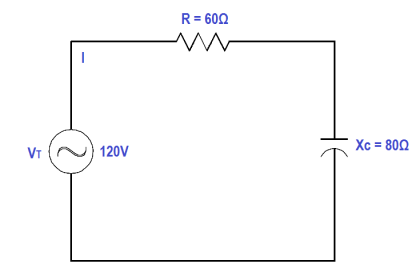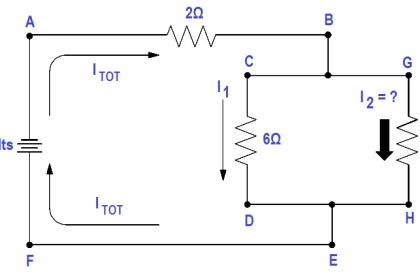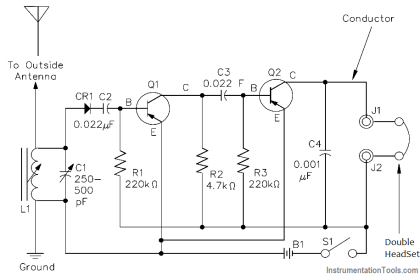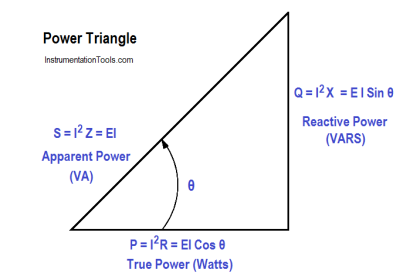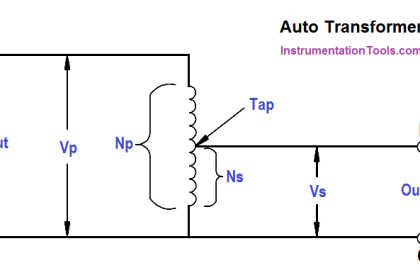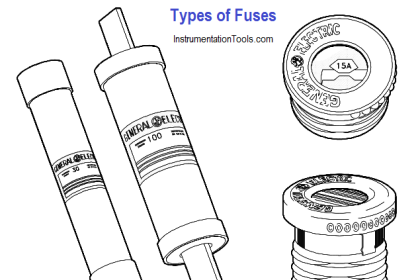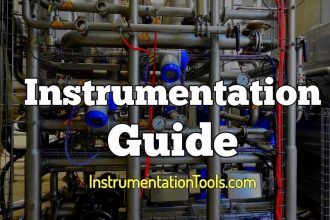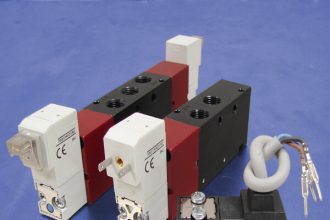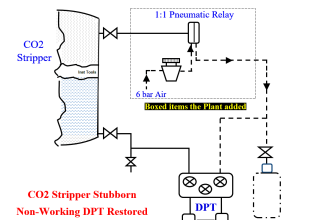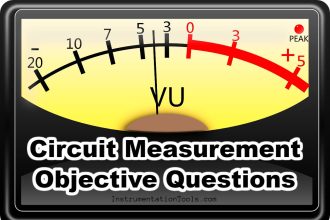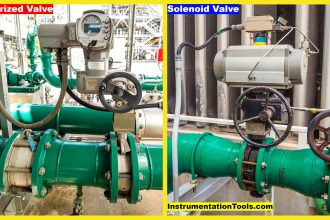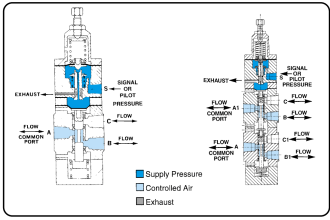If flux lines from the expanding and contracting magnetic field of one coil cut the windings of another nearby coil, a voltage will be induced in that coil.
The inducing of an EMF in a coil by magnetic flux lines generated in another coil is called mutual induction.
The amount of electromotive force (EMF) that is induced depends on the relative positions of the two coils.
